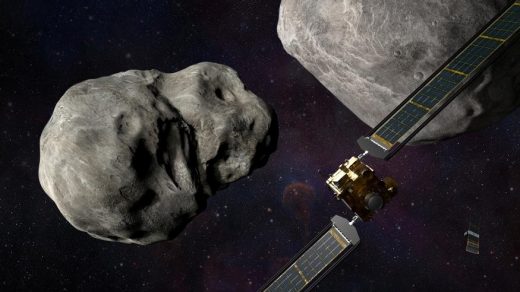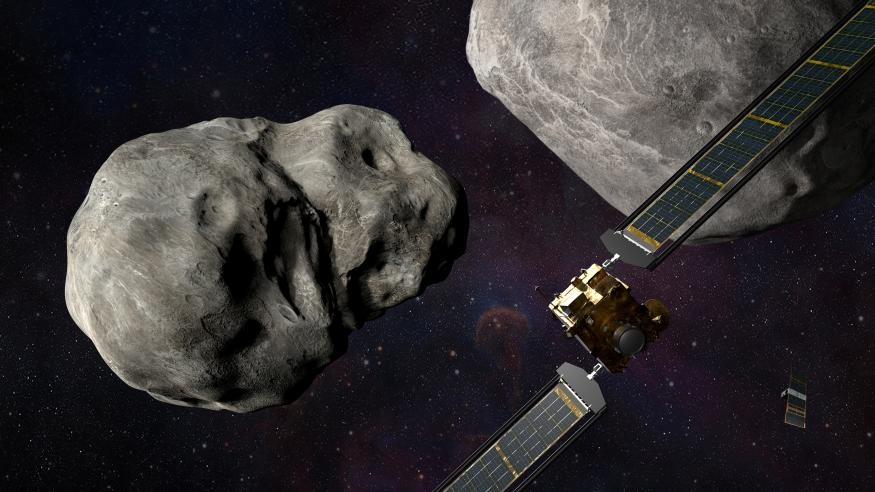NASA’s DART spacecraft took out over 1,000 tons of rock from its target asteroid
NASA’s DART spacecraft successfully altered the orbit of an asteroid
The next time an asteroid threatens Earth, humanity might have a chance of saving the planet. On Tuesday, NASA announced that its experimental Double Asteroid Redirection Test successfully altered the orbit of Dimorphos. Following two weeks of data collection and analysis, the agency found that DART’s impact shortened the asteroid’s orbit around its parent, Didymos, by 32 minutes. Before the September 26th collision, NASA estimated DART needed to change the orbital period of Dimorphos by 73 seconds or more to call the test a success. The spacecraft beat that benchmark by more than 25 times.
??Bullseye! @NASA‘s #DARTMission successfully changed the targeted asteroid’s trajectory—and its orbit by 32 minutes.
This watershed moment for planetary defense is thanks to our exceptional team and international partners. https://t.co/8gJluMES9B
— Bill Nelson (@SenBillNelson) October 11, 2022
“If an Earth-threatening asteroid was discovered, and we could see it far enough away, this technique could be used to deflect it,” NASA Administrator Bill Nelson said during a press conference the space agency held on Tuesday. “NASA has proven we are serious as a defender of the planet. This is a watershed moment for planetary defense and all of humanity, demonstrating commitment from NASA’s exceptional team and partners from around the world.”
NASA launched the DART mission in November 2021. The vending machine-sized spacecraft was traveling at approximately 14,000 miles (22,530 kilometers) per hour when it crossed paths with Dimorphos nearly 68 million miles away from Earth.
DART’s success proves the strategy of using a spacecraft to alter the course of an asteroid could work to save the planet, provided such a space rock was detected early enough and wasn’t too big. Dimorphos is about the size of a football stadium, making it far smaller than the asteroid that wiped out 75 percent of multicellular life on Earth 66 million years ago.
(17)




